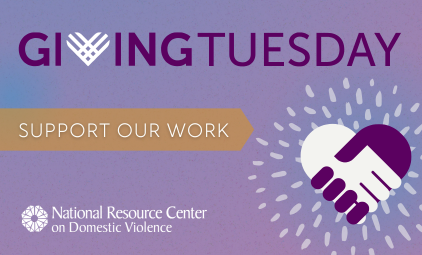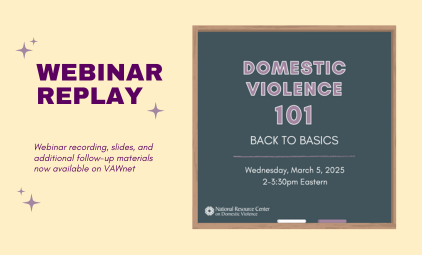Overview: Policies can be either formal or informal. A formal policy is a course of action outlined in writing that guides institutional efforts and management of resources. Formal policies often include pieces of legislation, ordinances, and public rules and regulations. What individuals and organizations actually do, or fail to do, to prevent and respond to child sexual abuse constitutes informal policy. Use of policy has become a primary tool in sexual violence prevention. Policy advocacy and legislative reform provide one important approach to creating lasting social change (Cohen & Swift, 1999; Dahlberg & Krug, 2002).
Review of Policy Efforts: There are policies in place at many different social levels. International social policies suggest that gender inequality, social norms, and economic inequality as root causes of sexual violence (WHO & LSHTM, 2010); this includes child sexual abuse. Primary prevention strategies tend to receive less attention in programs and policies (Finkelhor, 2009) while secondary prevention is the principle level of prevention addressed by most formal policies (National Coalition to Prevent Child Sexual Exploitation, 2008). Some examples of legislative policies include mandated reporting policies and policies addressing child sexual exploitation and trafficking. Some policies provide government funding for prevention programs. Using this funding to support child sexual abuse prevention and services will have long-term benefits for sexual assault programs.
On a more local level, organizations and communities may establish policies that address child sexual abuse. Some common approaches include education for children, education for parents, and education on bystander prevention. Education-based policies require additional evaluation to measure ongoing effectiveness. Youth serving organizations may put policies in place to try and safeguard against abuse. These policies include mandated background checks for employees, paying attention to facility design, and establishing formal processes for investigating allegations of abuse.
Considerations for policy development: When developing policies to help promote child sexual abuse prevention, it is important to keep several points in mind. First, developing policies that are culturally relevant and meaningful for the communities affected will help to promote community understanding and buy-in. Second, it is important to include methods for evaluating your policies to avoid continuing a policy that is harmful or ineffective.
While traditionally, randomized clinical trials have been the gold standard for evaluation, researchers (Schorr, 2009; Tseng, 2012) have suggested that it is time to expand the ways we evaluate effectiveness. Measuring policy effectiveness should include a variety of approaches to gathering knowledge and understanding outcomes. Incorporating policies that are shown to work will help to promote faster social change and an end to child sexual abuse.
Organizations can think about ways to adapt their policies to promote prevention. They can also take assessment of any informal policies that detract from the goal of preventing abuse and use education and training to help increase organizational capacity and readiness to prevent and respond to child sexual abuse.














